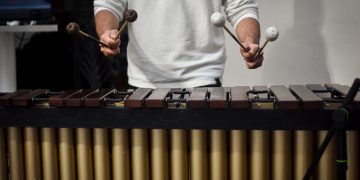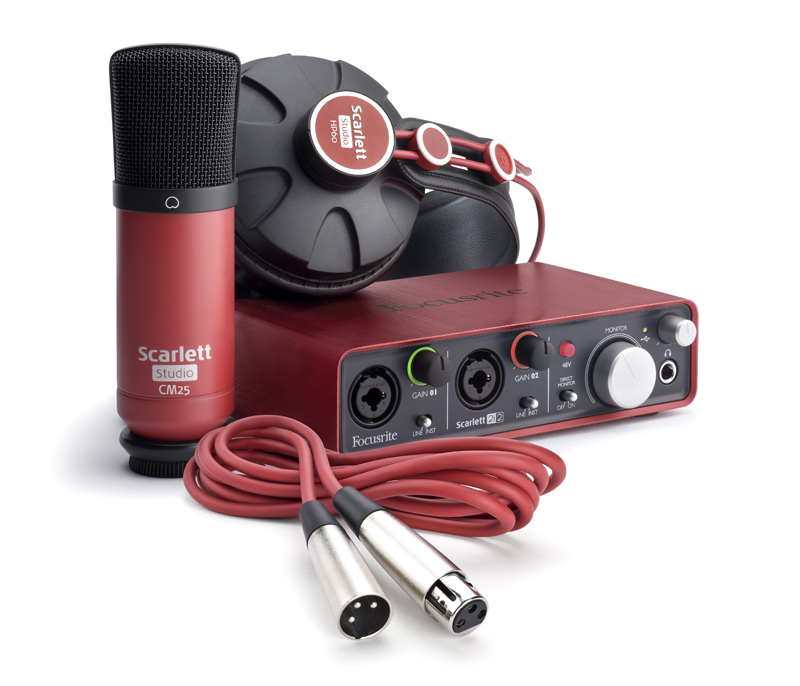The marimba is an amazing instrument with a warm sound and a vast array of overtones. Knowing how to get a great sound out of such a unique instrument is very important. I will discuss these aspects which range from maintenance, mallet choice, and technique.
1). Maintaining the marimba is an extremely important first step in getting a great sound. I recommend using Old English wood polishing oil on the bars every few months. Rosewood is a beautiful and tough wood, but it also needs to stay hydrated. The bars may become dried out and more vulnerable to cracking if they aren’t lubricated. And the sound on a marimba that is maintained with wood oil is always warm and lush. I also recommend cases or moving blankets when the instrument is transported. If the bars and resonators are kept in good condition, your marimba will sound amazing for many years.
2). Acclimate your marimba to the performance or practice room for at least a day. This may sound like a ridiculous statement, but if a marimba has been moved recently from the outdoors in winter into a rehearsal hall, the bars will be cold. I know this from experience because I recorded a classical style solo on a day when it was in the single digits outside. I had moved the marimba into the recording studio and I did not like the sound coming from the instrument. Everything sounded flat. I could not figure out what the problem was, until I realized that the bars were cold. Wood expands and contracts with temperature changes and it will affect the sound of the marimba. This is very similar to bringing wood for a new floor inside the house the day before installation. It needs to adjust to the room climate.
3). Mallet choice is also extremely crucial for a great sound. The type of musical work your student is performing will be a factor in choosing the right mallets. For a lush ballad, soft and fluffy mallets would be a good choice. For an aggressive marimba performance, keep in mind that you still want a sound that has “body” to the tone, and not just the “attack”. Choosing a mallet that has staccato yet also has “body” is ideal. Your students should never use a mallet that is too hard and may damage the instrument. For a great marimba sound, I recommend the Jeff Moore series marimba mallets through Salyers Percussion. There is a wide array of sounds in this mallet series for every performance situation. I personally use these mallets because they have “weight” to them, as well as a wide array of mallets to choose from depending on the work being performed. Weight is very important in a marimba mallet because it will bring out the true fundamental tone of the marimba bar, even at softer volumes.
4). Your students’ technical approach to the marimba is also key to getting a great sound. The term for the proper marimba stroke is called the “piston” stroke. The name comes from pistons that move up and down in an engine. In this stroke, the sound should be brought out of the bar by lifting the hand up after each stroke. This is not something your student should put too much effort into regarding this approach. It’s more of a natural feel that I compare to bouncing a basketball. The mallet should naturally come up from the marimba, bringing out the sound, just like a basketball comes back up to your hand after you bounce it. Your students should always play in the center of the bars as well. This will give them the best marimba sound. The nodes, or the part of the bar above the string, should always be avoided. When performing fast runs, your students may play the edge of the sharps and flats on the marimba, as getting to the center on these notes is extremely difficult on very fast passages.
These are the four most basic concepts for getting a great marimba sound. This is a great place to start for your students. As a general rule, I have found that when I’m using the right mallet, with the right stroke, and on a well maintained marimba, the concert hall or even the room I am practicing in will sing back to me. You will hear the sound of the marimba vibrating throughout the room with its many overtones with the right approach to the instrument.
“Kevin Lucas is a consummate musician and composer, encompassing the rigours and discipline of his classical training to the creativity of creating music that crosses cultural borders and touches the soul.”
— Wouter Kellerman- Grammy Award Winning Artist and #1 Billboard Artist































